Allergies are a pain and can keep you from enjoying the outdoors. Many forms of allergic reaction are minor, and more of an inconvenience. Others, can be life threatening. These natural home remedies for allergies offer support for minor allergies, like hay fever or hives.
These natural remedies for allergies can help when the allergic reaction is minor. Or, when it is more of a long lasting allergy like seasonal allergies, hay fever, pollen allergies, and some forms of contact allergies, including pet contact allergies. Seasonal respiratory type allergies are sometimes known as allergic rhinitis. Their main symptoms can include nasal congestion and sneezing, in response to allergy triggers, runny nose, eyes, and general soreness, dryness, and sometimes minor swelling in the dry and irritated areas.
Note: anaphylactic allergies should be dealt with, with professional anti-allergy care, and this post is offered for information purposes only and is not meant to treat or diagnose. Professional care can include a steroid shot, allergy shots, or other over the counter options.

Reducing Allergy Symptoms:
A first line of defense, when looking for home remedies for allergies, is reducing symptoms by reducing exposure to allergens. This can include clearing dust or pollen from the sinuses by sneezing, or through using a neti pot or other form of nasal irrigation with saline water, or nasal sprays. Salinity can help soothe mucus membranes, as well as removing the irritant from the area.
If using a neti pot to clear the nasal passages, make sure to be over a sink or bowl and follow the manufacturer’s directions to make up the saline solution. Pour through one nostril, and let it drain out the other. Try to use a neti pot a few hours before going to bed, to let sinuses drain completely after the irrigation. Do not add essential oils to the sinus rinse.
High-efficiency particulate air filters, or hepa filters, can help with indoor air pollutants, including those from pets, indoor mold, dust mites, and even scents. A filter can provide mild allergy relief, if pollen count is high. Or other allergens are present, including pet dander.
Natural Home Remedies for Allergies:
Natural allergy remedies are the plants, and mushrooms, that grow near us and can help with allergies. These plants and fungi have naturally occurring antihistamines, are naturally anti inflammatory, and some are soothing too. Allergies are drying, and creating your own anti-allergy herbal blend, with soothing herbs, anti histamine herbs, and anti-inflammatory herbs may be helpful.

Stinging Nettle:
Stinging nettle has been tested as a natural anti-allergy herb, with beneficial results. Personally, I like nettle as a nourishing infusion, and find it helps with my mold reactions. Here at Joybilee, we’ve personally used nettle for hive reactions, eczema allergy reactions, and general sinus reactions. While it hasn’t removed allergies completely, we’ve found it helpful for calming reactions, and lessening the severity of seasonal allergies when taken throughout the season. Mixing stinging nettles with bee pollen, like we do in this recipe, can be very helpful, especially for seasonal allergies and food allergies.
Some allergies can happen because of liver or kidney stress. Your liver helps the body eliminate histamine, which is the major cause of allergy symptoms. It’s important to both address the main allergy challenge, and also to support your body in eliminating the excess histamine by supporting the liver. Combining nettle with dandelion root, burdock root, and marshmallow root, can help support the liver, reducing the duration of allergy symptoms. You could also combine with pansy, hollyhock, or viola tricolor for a sweeter tea, decoction, or tincture for their soothing demulcent properties.
Reishi Mushroom
This herb is not found on most home remedies for allergies lists, it’s an unusual and beautiful mushroom with high quercetin content. Quercetin affects the release of histamines, and can be helpful for allergy support. This mushroom can be used for herbal medicine in a tea or tincture form, and is often added to broths for nutrition and immune support.
Reishi is also highly anti-oxidant, and is full of beneficial flavonoid compounds.
Sometimes, continuously getting exposed to an allergen causes the body to create excess histamine. The more histamine present, the worse the reaction will be. Supporting the liver, with reishi, dandelion, and burdock, helps the body excrete histamine. Teasel leaves are another remedy that can help address excess histamine levels.

Other Useful Herbs:
Yarrow can be used topically to relieve pain and itching. It helps draw blood and fluids back to where they’re supposed to be, and can be effective in relieving topical affects of some allergies. I would use caution with yarrow if you have allergies to anything in the carrot family, or ragweed. Yarrow has been used, as a tea, to help with sinusitis and dust allergies. Pregnant women should avoid yarrow though, in the first trimester.
Butterbur (Petasites hybridus). This is a rather interesting herb that has been tested for anti-allergy properties, and found similar to some allergy drugs. It also needs to be processed to remove toxic alkaloids before it is safe for consumption. Thankfully, commercially available butterbur has normally had the processing already done. Avoid butterbur in pregnant moms.
Perilla, a member of the mint family, can also be used in teas to help with allergies. Other members of the mint family can help clear clogged sinuses, or sooth irritation. The mint family is largely cooling and soothing in nature. It is great to pair with bitter-er herbs like stinging nettle.

Eucalyptus Oil and Other Essential Oils:
Diffusing essential oils can help bring down swelling in the sinuses, and sooth some respiratory issues. When working with dust allergies, having a humidifier or essential oil diffusing going at the same time as something dusty, like the vacuum cleaner, can help. Eucalyptus essential oil may help clear sinuses and bring relief for congestion and can be used in a diffuser or in a personal inhaler.
However, for mold or mildew allergies, dehumidifiers will be more useful. This is because the moisture encourages more growth and mold spore release.
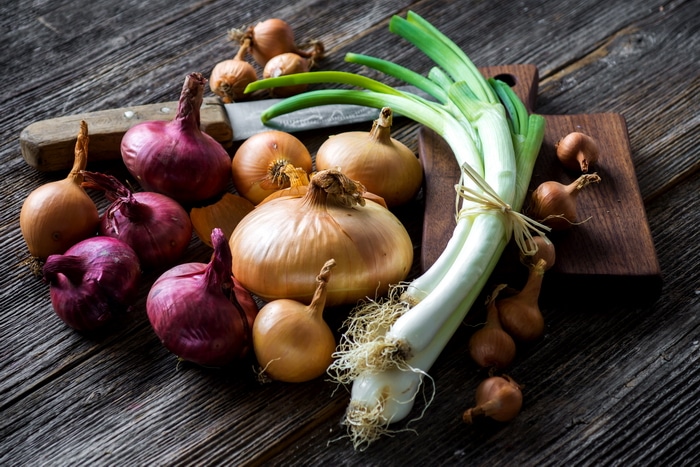
Anti-Oxidants and Anti-Inflammatory Tactics:
Onions are a great source of quercetin, mostly found in the skin. Making broth with vegetable skins, including yellow onion, ginger, turmeric, and garlic, can help support your body during allergy season. Surprisingly, a nice chicken soup like grandma used to make can be a great addition to your list of home remedies for allergies.
Bormelain, this is a compound most often found in pineapple and papaya, it is an enzyme that breaks down protein. It is sometimes recommended to consume pineapple to bring down throat or mouth swelling, as the bormelain helps with that. Citrus fruits may also help, though their anti-oxidants may be more beneficial in the long run.
For further anti inflammatory herbs, ginger is sometimes recommended, as is turmeric. Both can be used in foods, or in teas, to help with inflammation.
Sea buckthorn is also discussed for it’s nutritive and antioxidant properties. It contains high levels of quercetin and vitamin C. Vitamin C and D were shown to have an impact on patients being treated with conventional allergy medications. Those with normal, to high, levels of C and D were more likely to have a positive reaction, and longer term benefit than those who had low levels of both these vitamins.
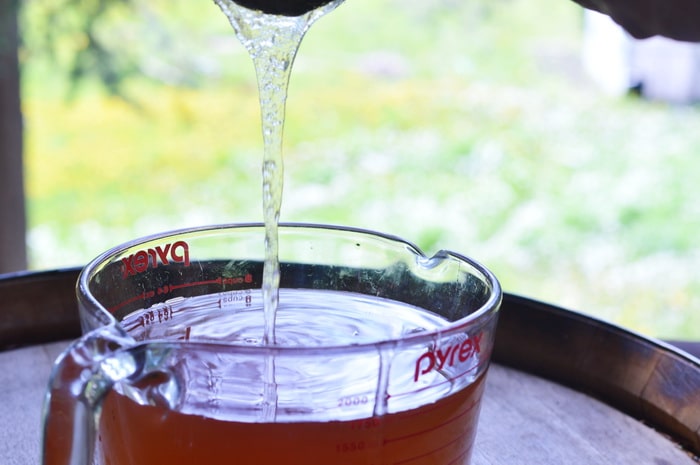
Raw Honey:
A technique that is sometimes suggested for hay allergies, is to take local honey, usually raw. This lets you be exposed to local pollen, and hopefully teaches your body that the pollen isn’t a danger. This tactic is technically a form of immunotherapy, and as long as the pollen allergy is mild, it may work.
Pairing local honey with stinging nettle or reishi tea can offer a good double technique. Nettle and reishi are both bitter, but also have their anti-allergy properties. They to pair well with the sweetness and potential immune training of the local honey.
Echinacea: For Bites or Stings
If you have an anaphylactic reaction to bites or stings, keep an Epipen handy. If it’s a less serious allergy, simply major swelling at the bite location for example, some of these topical herbs can help. For serious allergic reaction get to the hospital.
For allergies from bites and stings, echinacea flowering tops, and plantain or yellow dock leaf are all good remedies as are lavender flowers. Echinacea is interesting because it has something in it that stops the hyaluronic acid from dissolving after serious spider bites or snake bites that have a venom that dissolves hyaluronic acid. Hyaluronic acid is the thing that cements your cells together. When the hyaluronic acid in your skin is affected by a spider bite or snake bite, echinacea can help by stopping the damage and helping your body rebuild the cell structure. (There are other herbs that can help with snake bite or spider bite beyond this.)
Echinacea also encourages the body to produce more hyaluronic acid. Brown recluse spiders, hobo spiders, and rattle snakes all have hyaluronidase in their venom — the enzyme that breaks down hyaluronic acid in the skin and causes serious tissue damage.
If you don’t have Echinacea handy, Rudbekia hirta, also known as brown eyed Susan will work exactly the same way. The root is the more effective than the flower for this.
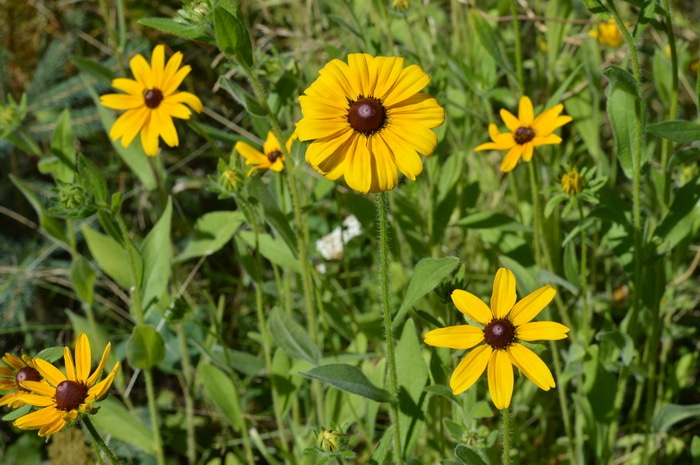
Now What?
The best natural remedies for allergies are the ones you can find, use, and get to in a hurry. Stinging nettle grows abundantly near me, so I use that, along with local honey for hay fever. If it’s easier to source reishi, or butterbur, or any of the other herbs for you, use those.
When the herbs don’t seem to help, it may be time to change tactics and focus on liver support. An overwhelmed body can react strangely to allergens. Mr. Joybilee developed a wheat allergy. While the herbs helped, the one eczema spot never wanted to go away, even after several years. A yeast cleanse, and focus on liver support, let that spot heal and reduced the triggering of the wheat allergy from “looked at a bag of flour” to “with care, rare to no reactions.”
I hope you enjoyed learning about home remedies for allergies. Many of these herbs can be found outside your door, or within your neighborhood. When taking charge of your own health, these herbs are a great place to start. Every one of these herb can make a great foundation for building your herbal apothecary and gaining confidence in your herbal self reliance, and your own health.
Learn more about herbs inside the DIY Herbal Fellowship
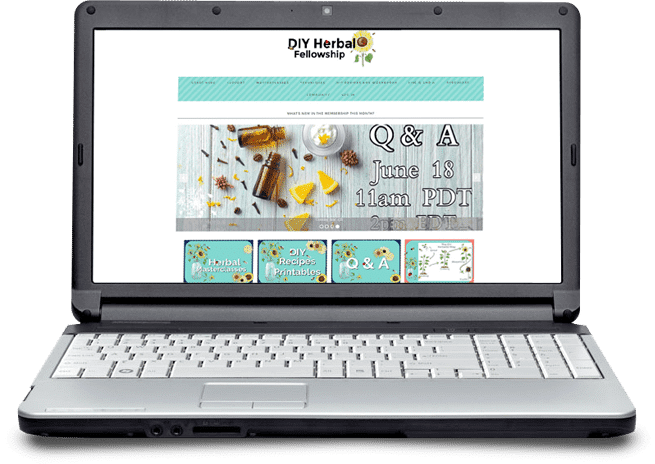
The DIY Herbal Fellowship is an online herbalism school offering very affordable herbalist training for students at all levels of experience. The school is modeled as a membership to allow students a wide variety of classes to create a customized herbal education and help each student meet their personal goals in growing and using herbs for wellness. Whether you are looking to explore herbalism as a hobby or personal endeavor or preparing for community impact, the DIY Herbal Fellowship has herbal classes that meet your personal goals of mastery from family herbalism to Village herbalism. The DIY Herbal Fellowship is focused on the community centered spirit of herbalism through monthly informal, virtual gatherings and group mentorship in regional herbalism. Be part of the community and learn with us. Inside the membership, last month we learned about basil and tulsi basil in depth, as well as other radio-protective herbs (herbs that protect from radiation of all types). If you are ready to explore herbs in a deeper way, in community with others who share a passion for growing and using herbs, the DIY Herbal Fellowship welcomes you. 
****************************************************


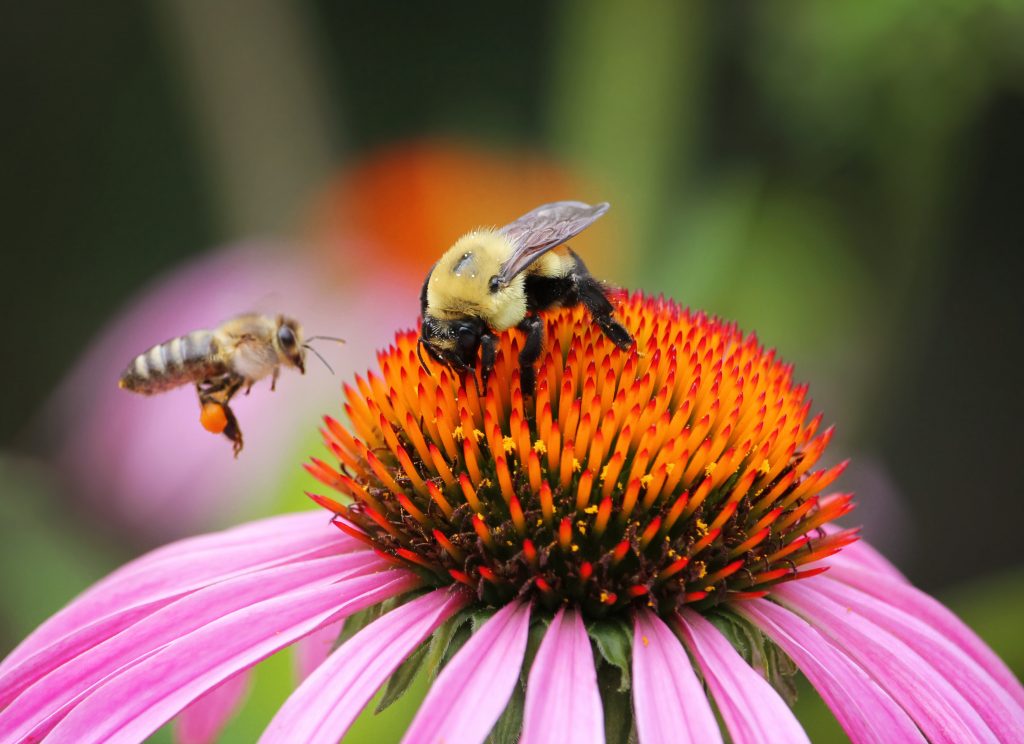

I make a tincture of sting nettle tea and powdered horseradish root, I use Brandy instead of Vodka. This tincture start heavy and within several weeks of use I no longer Ghe need the higher doses as my allergies are lessening. I found the original tincture made by an herbal company that has a farm school in Forestville, California and I found my allergy killer which you filled at the different herbal and organic grocery stores. Love it and after moving to Northern Nevada I was not able to buy that tincture for $5.99. I paid closer to $25.99. I decided financially I would make my own. Leaving out the Licorice which at the time my hubby couldn’t take due to heart meds. I now make all my own tinctures etc.